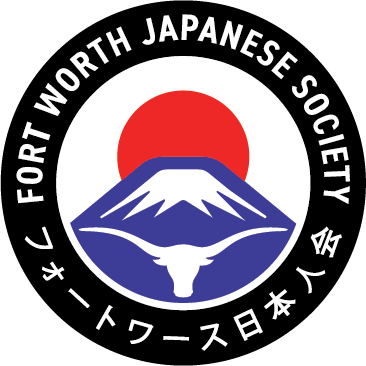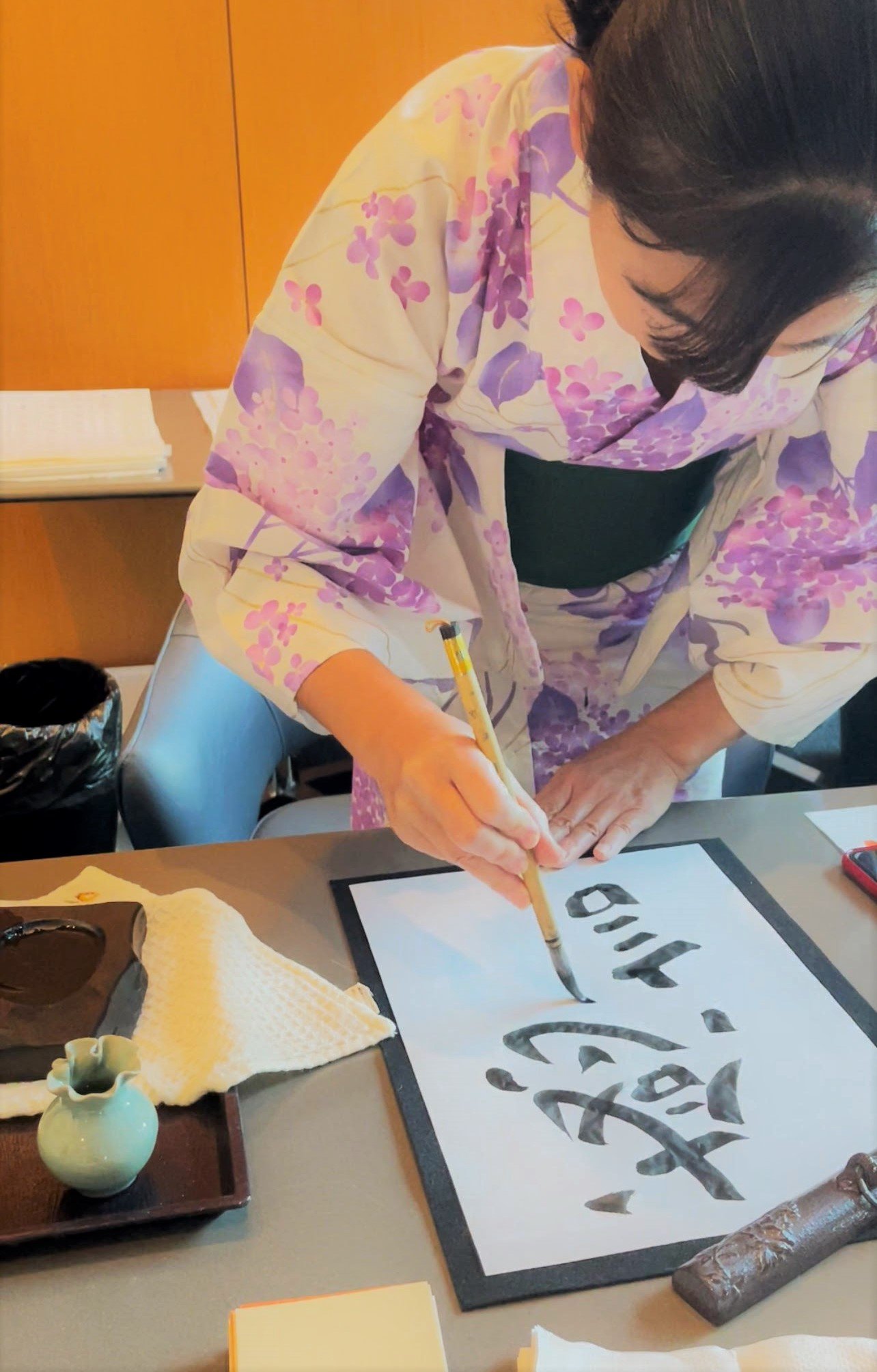Otsukimi Festival at the Modern
Every September, people across Japan gather with friends and family to celebrate the autumn moon in a tradition that goes back roughly 1,000 years.
This year, The Modern Art Museum of Fort Worth hosted an Otsukimi Festival on September 17th right here in north Texas so that Texans could experience this piece of Japanese culture firsthand.
The most exciting part of the evening was undoubtedly the spectacular view of Japanese paper lanterns floating across The Modern’s reflective pond. Everyone that came was given a lantern with a small LED candle tucked away inside to launch into the pond themselves.
Although this tradition, known as toro nagashi in Japan, is typically associated with the Obon Festival held every August, it was absolutely done here to a stunning effect.
The Dondoko Taiko drumming group was a key part of creating the atmosphere of a Japanese festival for the evening. The songs they played resonated throughout the museum’s atrium and carried into the lawn as people launched their lanterns into the pond.
Of course, there is no way to experience Japanese culture without Japanese food.
Japanese cuisine is some of the best in the world, and the food offered at the Otsukimi Festival did not disappoint. While many people were seen relaxing on bamboo mats across the lawn and bentos prepared by the Wolfgang Puck catering team, others headed to The Modern’s upstairs lawn, where there was a full menu of Japanese and Japanese-inspired food. The most popular food item at the festival was definitely the yakitori skewers, quintessential to experiencing Japanese food, with tare sauce and orange-scented rice.
Somewhat of a surprise at the food bar were the sandos that were offered. Sandos (a shortened version of the English word “sandwich”) have become increasingly popular in Japan in recent years and can be found at just about any convenience store in Japan. Egg sandos and strawberry sandos are some of the most popular kinds, but these specific kinds of sandwiches haven’t really taken off in the U.S., making it was a pleasant surprise to see at the Otsukimi.
After having a bite to eat, many guests found themselves in the full bar in the cafe downstairs where the Fort Worth Japanese Society held a calligraphy demonstration.
Two of our members were set up to write guests’ names in katakana (カタカナ), while another of our members showed the full beauty of Japanese kanji.
For those wondering, the kanji she is writing in the picture featured above is 感謝, pronounced kansha, meaning “appreciation.” Not only is this word visually beautiful written in calligraphy, there’s just no better word to express the meaning behind the festival and appreciation for the event itself and the fall moon.
As the evening went on and the sun dipped below the horizon, the lights from the lanterns drifting across the pond sparkled to life across the serene water, creating a uniquely beautiful sight to close out the night.


